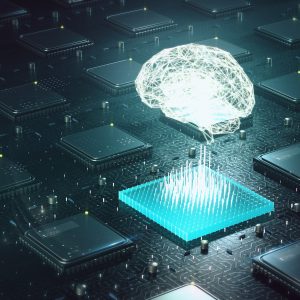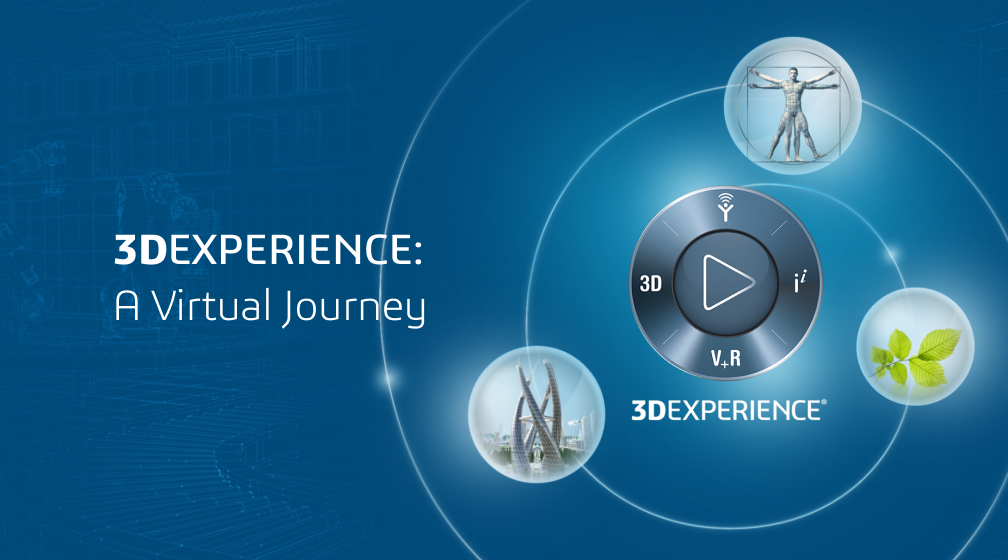
Find yourself making the same mistakes over and over again? It’s only human, which is why product developers are turning to machine learning in the cloud. It’s a way to not only learn through past mistakes, but perhaps more critically, to remember those learnings, and apply them as appropriate during the collaborative product development process.
New product development typically involves continuity from preceding generations of product. Even when it’s created from a “white sheet of paper,” it will generally share features, characteristics and components, or “clusters” of them, with other products. That means there’s a wealth of data on record about specifications and performance.
Machine Learning Improves Product Development
Let’s face it, lots of stuff does not work as advertised; other things may perform well in most instances, but you can point to a number of use cases or features where they are lacking and can be improved. Chances are, though, that somebody, somewhere has suggested or implemented a fix, though the information may not be widely shared.
That’s one way machine learning comes to the rescue. You can sic it on the mounds of data your company has accumulated over the years during its product development undertakings. You can also turn it loose externally, onto the web and social media, to search for learnings about features that share similarities with the product you have in development.
Save Time, Gain Insights

Machine learning can sort through vast amounts of data in record time, something even an extended team of product developers and partners can’t manage—they don’t have the brain power and they don’t have the time. Machine learning can unearth valuable insight from the patterns it uncovers: feature failures, customer delight and/or dissatisfaction references, recalls, regulatory strictures, performance and cost-based alternatives, and so forth.
Situating that machine learning in the cloud adds extra value to the cognitive assist. In the cloud, product development teams can access pre-packaged machine learning algorithms to unleash on their piece of the puzzle, without needing to license and support these capabilities in-house. Cloud-based machine learning also simplifies and speeds connectivity for the array of partners working on your digital collaborative product development platform.
Amplify Machine Learning With A Digital Twin
A digital twin of the product and its constituent parts makes machine learning’s job go even more smoothly. The machine cognition engine is not only rummaging through a wealth of historical and contemporary data about earlier versions or similar products. It’s also monitoring the digital twin, as it gets information from sensors attached to its real-world buddy in an operational environment, to assess status and performance data that can drive product development changes for an improved iteration.
Machine learning even has the potential to tackle the product development process itself. Product and part models, documents, collaborative messaging and notes… these form a closed-circuit world of data and timestamps that can reveal inefficiencies to help streamline collaborative product development. That’s machine learning’s sweet spot: untangling a jumble of data to help you find patterns that can be upended to refine a process.
Editor’s Note: Learn more about digital collaboration platforms and fueling innovation by registering for Dassault Systèmes 3DEXPERIENCE: A Virtual Journey. Our series of online, on-demand episodes deliver thought leadership, actionable content from industry influencers, Dassault Systemes experts, and customers who have implemented 3DEXPERIENCE to meet today’s manufacturing challenges.
Check out the session agendas, and register to watch anytime, anywhere.
3DEXPERIENCE: A Virtual Journey schedule:
- July 29th: Manufacturing and Supply Chain.
- August 26th: Fueling Innovation in the New Agile Enterprise.
- September 23rd: Modeling & Simulation.
- October 14th: Enabling Business Continuity Via the Cloud.

